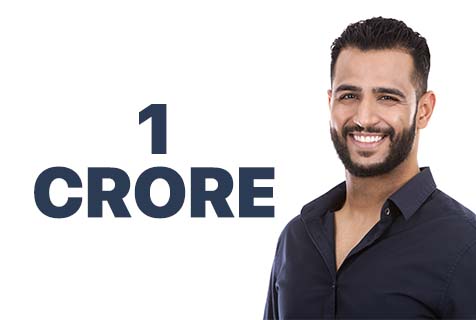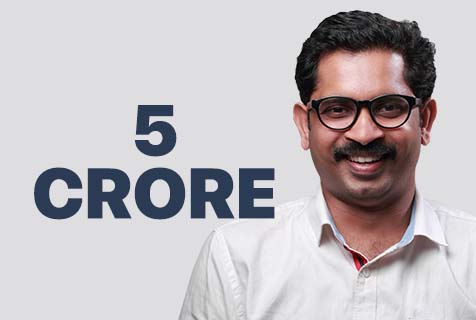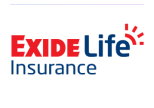Understanding Medical Underwriting in Life Insurance: Types, Process & What to Expect

When you buy life insurance, you're not just signing up for a policy, you’re entering a process that ensures the coverage is right for you and fair for the insurer. A major part of that process is called medical underwriting.
Medical underwriting is how insurers evaluate your health and lifestyle to decide your premium, coverage amount, and eligibility. It helps them understand how much risk they take by insuring you, and helps you get a policy that matches your needs.
In this guide, we break down what medical underwriting really means, how it works, the different types, and how it affects your life insurance plan.
Key Highlights
- Medical underwriting is how insurers assess your health to decide policy approval, coverage, and premium.
- There are two types: Full underwriting (with medical tests) and Simplified issue (questionnaire only).
- Factors like age, medical history, lifestyle habits, and occupation affect your risk rating.
- Underwriting impacts your premium amount, sum assured, exclusions, and even eligibility.
- Being honest and understanding the process increases your chances of getting the right policy, even with pre-existing conditions.
Table of Contents
What Is Medical Underwriting in Life Insurance?
Medical underwriting is the health evaluation process an insurer uses to determine your risk profile. It involves questions about your health, lifestyle, family medical history, and in some cases, a full medical exam.
This information helps the insurer decide:
- Whether to approve your application
- How much life cover to offer
- What premium you’ll pay
- Whether any terms, exclusions, or conditions apply
Example: Mr. Shah, a 40-year-old smoker who drinks regularly, will likely get lower coverage and pay higher premiums. Mr. Jha, 25, with a clean lifestyle and no medical history, would be offered higher coverage at a lower premium.
In short, medical underwriting helps insurers customise the policy to match your risk profile, and protects them from future claims that might not be affordable.
Types of Medical Underwriting
There are two common types of medical underwriting in India:
1. Full Medical Underwriting
This is a detailed assessment and often includes a medical examination.
You may be asked for:
- A detailed application form with personal, health, and lifestyle details
- Medical tests like blood pressure, blood work, urine test, ECG, etc.
- Records of medications, family health history, and even travel or driving history (in some cases)
This approach takes longer but usually leads to better pricing if you’re healthy.
2. Simplified Issue Underwriting
This type skips the medical tests. You only answer a health questionnaire.
- Quicker approval
- Ideal for people in good health who want fast coverage
- Premiums are usually higher, and coverage may be lower than under full underwriting
How the Medical Underwriting Process Works
Here’s a step-by-step of what to expect:
- Initial Discussion: You speak to the insurer or advisor about your coverage needs, budget, and policy duration.
- Application Form: Fill out details about your health, habits (smoking, drinking), occupation, and lifestyle.
- Health Questionnaire: Share your personal and family medical history, current conditions, and medications.
- Medical Exam (for full underwriting): You may need to take a few basic health tests.
- Verification: Insurers may check medical databases or ask your doctor for records.
- Evaluation: Based on the data, they classify you into a risk category.
- Decision: You’ll either be approved with a customised offer or denied. Approval comes with policy terms, premium rates, and any exclusions.
What Factors Affect Your Underwriting?
Several things influence how your profile is rated:
- Age: Younger = lower risk, better premiums
- Medical History: Chronic conditions may increase your risk
- Family History: Hereditary illnesses like heart disease or cancer can affect eligibility
- Lifestyle Habits: Smoking, drinking, high-risk hobbies (like mountaineering) raise red flags
- Occupation: Jobs with physical danger (like mining or firefighting) are classified as high-risk
How Medical Underwriting Impacts Your Policy
The results of underwriting have a direct impact on:
- Premiums: Better health = lower premiums
- Coverage: Healthy profiles get higher sum assured
- Approval: Risky profiles may face rejection or conditional approval
- Exclusions: Your policy may come with limitations (e.g., no payout for cancer if you already had it)
Common Misconceptions About Medical Underwriting
Myth: “Medical exams mean higher premiums.”
Fact: Healthy people may actually get better rates after an exam.
Myth: “Pre-existing conditions mean rejection.”
Fact: Not always. Some conditions only affect the terms, not your eligibility.
Myth: “One rejection means no insurance ever.”
Fact: You can apply elsewhere or choose a no-exam policy.
Myth: “You can lie to get a cheaper plan.”
Fact: Insurers verify information. Misleading them can cancel your policy.
Myth: “It’s only for older applicants.”
Fact: Underwriting applies at all ages, your age just changes the terms.
Medical underwriting may sound intimidating, but it’s designed to match you with the most suitable and fair policy. Whether you’re in perfect health or managing a chronic condition, there’s likely a policy that fits your situation.
The key is to be honest, understand the process, and work with insurers who offer transparency and flexibility.
Pro tip: Even if one insurer rejects your application, it’s not the end of the road. Explore other insurers and policy types, you’ll likely find one that works for you.




























































